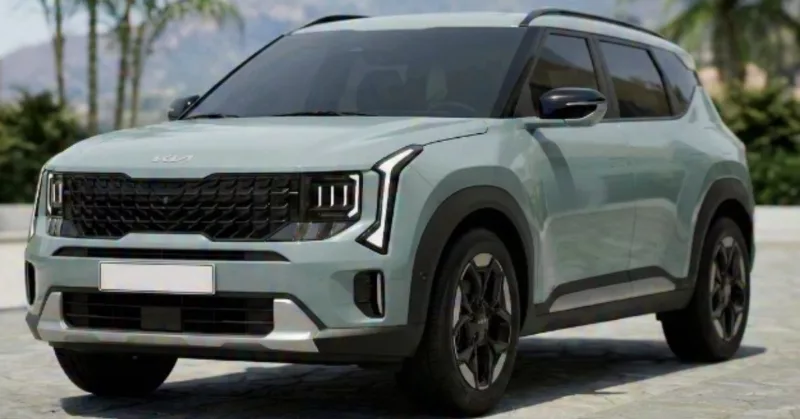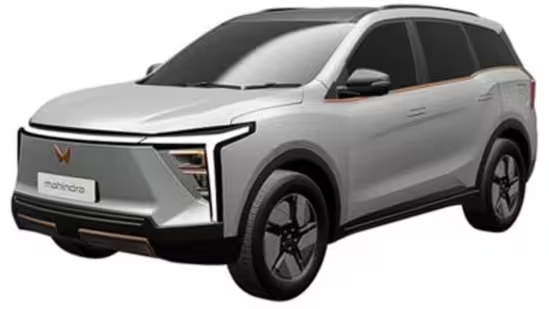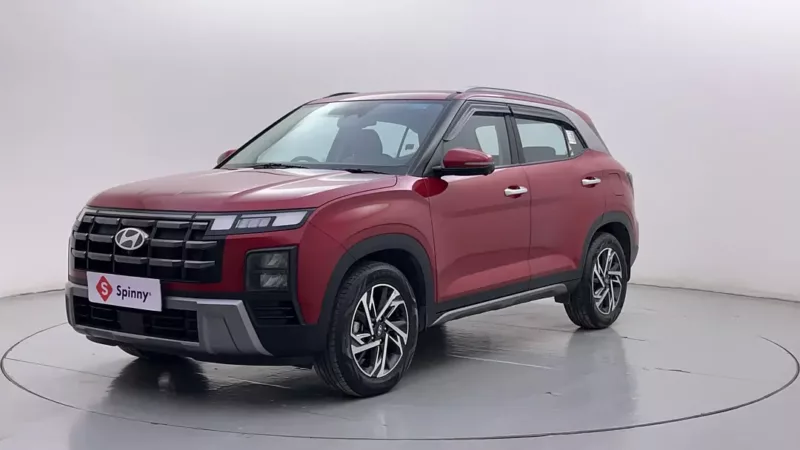Automotive technology moves very quickly, and advancements are constantly changing how drivers interact and perceive their cars. The incorporation of 360 degree cameras in cars is one such development.
The days when a motorist had to rely solely on their knowledge, competence, and the conventional side mirrors and rear view mirrors are now a complement to the new tech. Modern 360 degree cameras give drivers a comprehensive picture of their surroundings, improving safety, convenience, and the driving experience as a whole. 360 degree cameras have fully eliminated the drawbacks of traditional rearview and side mirrors, including blind spots, constrained fields of view, and accurately judging distances.
What components make up a 360 degree camera system?

Typically, a 360 degree camera system consists of four to six wide angle cameras positioned around the vehicle. These are typically on the front and rear bumpers, beneath the side mirrors, and occasionally on the roof, making up a 360 degree camera system. Some automakers have begun to position them such that they appear to be invisible, for instance, in or beneath the logo. These cameras record several perspectives of the area around the car, including the front, back, left, and right sides.
The on-board software processed the different camera views into a single, seamless image. This is often displayed on the infotainment screen or another specialized display in the automobile, as a top down view of the vehicle and its surroundings. Gridlines, indicators, or warnings may also be included in the image to aid the driver in correctly and safely parking or maneuvering the vehicle.
The driver may also be able to switch between multiple camera angles or zoom in on certain regions for better sight with some 360 degree camera systems. For instance, to prevent damage from scuffing on a curb or a concealed rock, the driver can opt to see simply the front or back view, or a closer view of the wheels.
What are the advantages of using a 360 degree camera system?
The use of 360 degree cameras in cars significantly enhances maneuverability, safety, and the overall driving experience. Additionally, it offers a few advantages in terms of safety.
- Blind spots, or regions surrounding the car that the driver cannot see immediately, present a serious risk to other drivers. Drivers now have a clear view of their surroundings, including their blind zones, thanks to 360 degree cameras. They are then better equipped to make decisions when merging into traffic, changing lanes, or navigating confined locations.
- Parking: Parking in tight spots is one of the main reasons why a 260-degree camera comes in handy. It allows drivers to check their blind spots and judge accuracy in the distance between the cars in front and back. So the next time you parallel park, you’ll thank your 360-degree camera!
Are there any aftermarket solutions available?

There are numerous aftermarket, 360 degree camera systems on the market, but they differ in terms of performance, compatibility, and quality. When selecting a aftermarket 360 degree camera system for your car, keep the following things in mind:
- Compatibility: Check to see if the aftermarket 360 degree camera system is compatible with the make, model, and features of your car. To fit your car, some systems might need to be modified or given additional accessories. Additionally, you need to determine whether the system can function with your current infotainment screen or if a separate monitor needs to be installed.
- Quality: High quality cameras, software, and hardware are essential when choosing an aftermarket 360 degree camera system. Wide angle lenses with excellent resolution, night vision, and water resistance are required for the cameras. The program should be able to stitch the photos together smoothly and precisely, align the viewpoints, and compensate for distortion. Hardware should be dependable, simple to install, and straightforward to use.
- Functionality: You must choose the features your aftermarket 360 degree camera system will offer. Dynamic gridlines, moving object recognition, blind spot monitoring, and recording capabilities are a few of the features that certain systems may provide in greater abundance than others. You should also think about how simple it is to change the settings or the camera perspective.
Conclusion
In all, a 360 degree camera system is quite a practical feature to have and at the same time improves safety of cars by giving the driver a better understanding of their surroundings. It can support other sensors, assist autonomous vehicles in navigating more precisely and effectively, and detect and avoid obstructions. It’s crucial to know that a 360 degree camera system should be used in conjunction with other safety systems and algorithms, and not as a full on replacement for driving. And even though this feature is available at a premium, it’s often worth it to grab it if the cost is justifiable.
FAQ’s
Q. What cars in India come with a 360-degree camera?
There are many 360-degree camera cars in India. Notable models include the MG Hector, Nissan Magnite, Hyundai Alcazar, Kia Seltos, Toyota Fortuner, and Mahindra XUV700. These models enhance driving safety and help you manoeuvre with ease.
Q. What is the price range for cars with a 360-degree camera in India?
The 360-degree camera price varies by model and features, typically ranging from ₹10 lakhs to over ₹40 lakhs, depending on the brand and specifications.
Q. How does a 360 degree camera work?
Multiple cameras positioned around the car allow a 360-degree camera system to provide a complete view of the surroundings. The photos are handled to produce a flawless, top-down perspective shown on the car’s infotainment screen.
Q. Can I install a 360-degree camera in my existing car?
Yes, there are many aftermarket choices for 360 degree camera car installation. For the best performance, you must make sure the system fits your car and select a reliable one.
Q. What are the benefits of having a 360 degree camera in a car?
A 360-degree camera mostly offers better visibility, increased safety by removing blind spots, and simpler parking in close quarters, thereby enhancing your driving experience.



